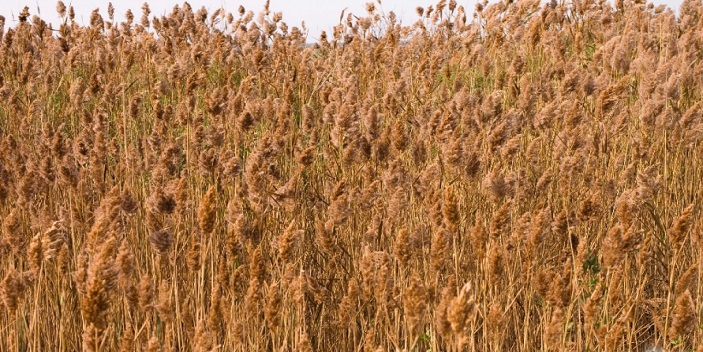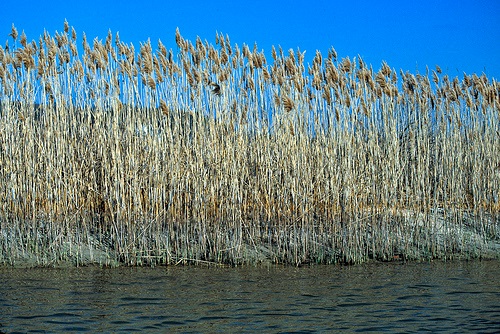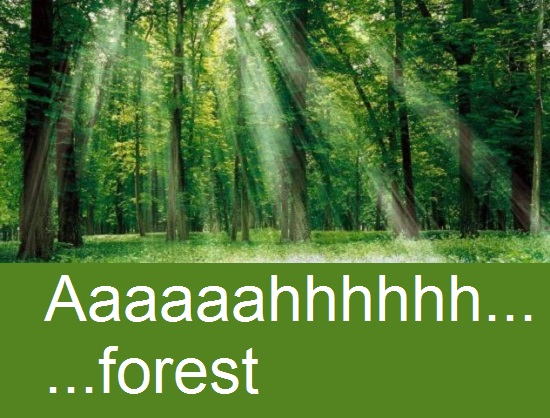Every year the landowners of Ontario’s watershed areas collectively plant tens of thousands of trees. These trees help to restore the natural environment by protecting water quality in streams and rivers, providing wildlife corridors and purifying the air we breathe.
Unpredictable weather patterns mean it is even more important to keep planting trees. A number of crucial steps before and after planting will improve survival.
Right tree, right place
Factors such as soil texture, drainage and surrounding vegetation determine which tree species will thrive or die. Fine clay soils can hold trees like white cedar and Norway spruce. On the other hand, loose sandy soils are well suited to white pine and sugar maple. Silver maple and tamarack like wet sites, while larch and red oak will thrive in drier locations.
Road salt can contaminate the soil, but trees such as white spruce, larch and poplar have a higher tolerance for salt and these species are best for roadsides.
Site preparation
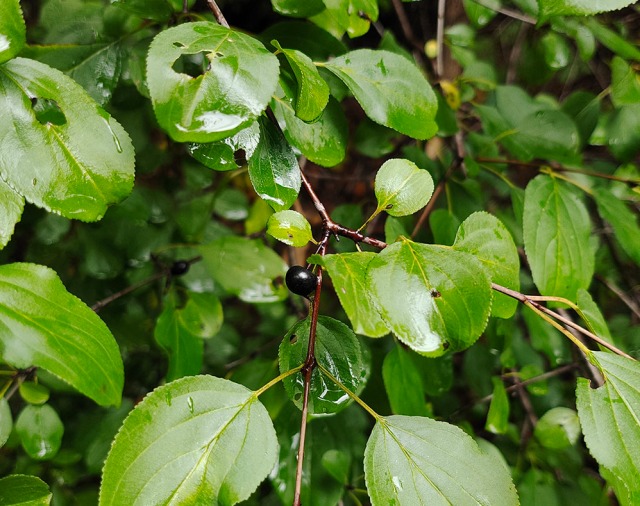
Preparing the land before planting will provide the best growth conditions for your trees. Clear areas of brush and invasive plants, such as European buckthorn. On larger sites, this can be done with a brush saw or a tractor and rotary mower to remove obstacles and provide growing space. Installing plastic mulch before tree planting is a great way to reduce weed competition and hold moisture in the soil. If planting into bare soil, seeding a cover crop of Dutch white clover is a great way to prevent excessive weed growth.
For the first years, control vegetation around the trees to make sure they have room to grow. This will give the trees the best chance of survival.
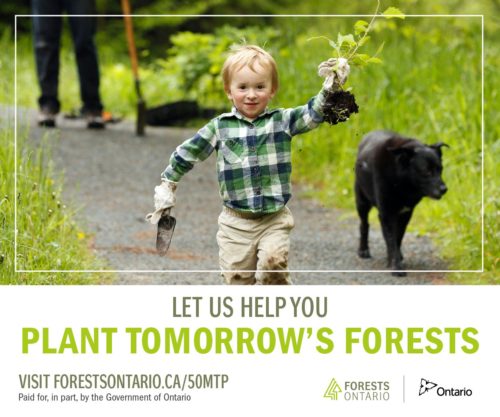

Get trees into the soil quickly
The roots of bare-root stock (without soil around the roots) will dry out very fast when exposed to sun and wind and need to be planted very quickly. Keep these trees in their planting bag until they are directly planted into the ground. Potted trees can be kept in a shaded area and watered until they are planted.
Mulch madness
Mulching is one of the best ways to keep your trees growing well. Organic matter applied to the base of the tree acts as a blanket to hold moisture, protect against extreme soil temperatures and reduce grass competition. Make sure to place mulch in a donut shape around the tree, so that absolutely no mulch is touching the base of the tree. This can cause decay of vital root-collar tissue. A two to four inch layer of mulch at an inch or two away from the trunk is enough.
Water, water, water
For the first few years of growth, a tree expends a lot of energy trying to establish roots in the soil. Watering can be very important during this time if rainfall is sparse. Water the tree right after planting and weekly during hot, dry weather. But be careful not to over water, because soggy soil inhibits the tree roots from accessing oxygen. There are many circumstances when watering is difficult due to distance from a water source or the number of trees planted. For the Silo, Lisa Stocco.

